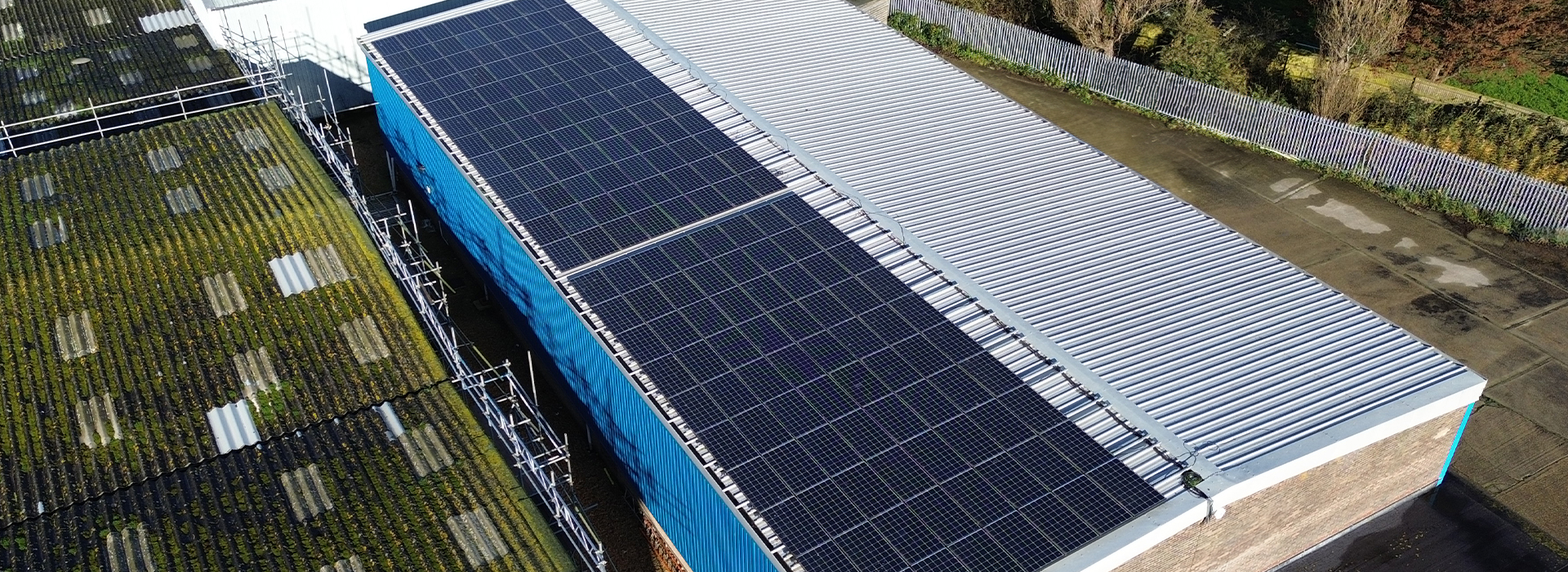Fall protection is not just a matter of compliance with regulations; it is a crucial aspect of ensuring the safety and well-being of workers and visitors on industrial or commercial properties in the UK. From construction sites to warehouses, the risk of falls is ever-present, making it imperative to prioritise fall protection measures. In this article, we’ll delve into the reasons why fall protection should be at the forefront of your concerns and why seeking professional help is essential.
Understanding Fall Hazards
Before delving into the importance of fall protection, it’s crucial to understand the various fall hazards present in industrial and commercial settings. These hazards can range from unprotected edges and openings to unstable working surfaces and ladders. According to Health and Safety Executive (HSE) statistics, falls from height remain one of the leading causes of workplace fatalities and injuries in the UK.
Legal Requirements
In the UK, there are stringent regulations in place to ensure the safety of workers at height. The Work at Height Regulations 2005 outline the duties of employers to assess and control the risks of working at height. Failure to comply with these regulations can result in severe penalties, including fines and imprisonment. Therefore, prioritising fall protection is not only a moral obligation but also a legal requirement.
Risk Management
Effective risk management is essential for preventing falls in industrial and commercial properties. Employers must conduct thorough risk assessments to identify potential fall hazards and implement appropriate control measures. This may include installing guardrails, safety nets, or personal fall arrest systems. By addressing fall risks proactively, employers can minimise the likelihood of accidents and injuries.
Benefits of Professional Help
While some may attempt to address fall protection independently, seeking professional help is highly recommended. Professional fall protection experts possess the knowledge and experience to assess specific risks and recommend tailored solutions. Moreover, they stay abreast of the latest regulations and industry best practices, ensuring compliance and effectiveness.
Choosing the Right Fall Protection Systems
Selecting the appropriate fall protection systems is crucial for mitigating risks effectively. Factors such as the nature of work, frequency of access, and structural constraints must be taken into account. Common fall protection systems include guardrails, safety harnesses, and anchor points. Consulting with professionals can help property owners make informed decisions regarding the most suitable systems for their needs.
Installation and Maintenance
Simply installing fall protection systems is not sufficient; proper installation and maintenance are equally important. Systems must be installed correctly by trained professionals to ensure their effectiveness. Additionally, regular maintenance and inspections are necessary to identify and address any issues promptly. Neglecting maintenance can compromise the integrity of fall protection systems, placing workers at risk.
Cost-Effectiveness
While investing in fall protection measures may incur initial costs, the long-term benefits far outweigh the expenses. Preventing accidents not only safeguards the well-being of workers but also minimises potential liabilities for employers. The costs associated with workplace injuries, medical expenses, and legal fees far exceed the investment in fall protection systems, making them a sound financial decision.
Peace of Mind
Perhaps the most significant benefit of prioritising fall protection is the peace of mind it brings. Knowing that adequate measures are in place to protect workers instills confidence and fosters a positive work environment. By prioritising safety, employers demonstrate their commitment to employee welfare, which can enhance morale and productivity.
Case Studies
Numerous case studies highlight the importance of fall protection in preventing tragic accidents. From construction sites to manufacturing facilities, implementing robust fall protection measures has saved lives and prevented injuries. These real-life examples serve as powerful reminders of why prioritising fall protection is non-negotiable.
Conclusion
In conclusion, fall protection should be at the top of the priority list for industrial and commercial properties in the UK. Not only is it a legal requirement, but it is also essential for safeguarding the well-being of workers and visitors. By understanding fall hazards, complying with regulations, seeking professional help, and investing in appropriate systems, property owners can create safer environments and prevent accidents. Prioritising fall protection is not just about compliance; it’s about caring for the people who contribute to the success of businesses.



